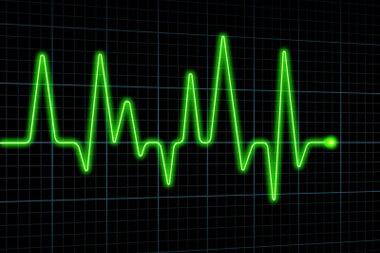
Electrocardiography is the process used to perform an electrocardiogram, or EKG, test on a dog or cat’s heart. An EKG measures the rate and regularity of heartbeats. In addition, an EKG also measures and provides information about the size and position of the animal’s heart chambers.
EKGs are a painless and non-invasive procedure that involves attaching some electrodes, which are connected by wires to the EKG machine, to the animal’s legs and sometimes its chest. This is usually done with the dog or cat either standing or laying on its side. Because there is no pain and very little stress for the animal, the EKG is generally performed without the use of sedatives or a general anesthesia. A routine EKG typically takes a few minutes to perform. The veterinarian can then interpret the results right away.
When a heart condition is suspected, our veterinarians will usually first listen to the pet’s heart with a stethoscope. An EKG might then be performed to provide additional information about the condition of the pet’s heart.
In addition to using being used to help detect heart problems, EKG is also used during all veterinary surgeries to monitor the pet’s heart rate and ensure his or her safety while under anesthesia.
